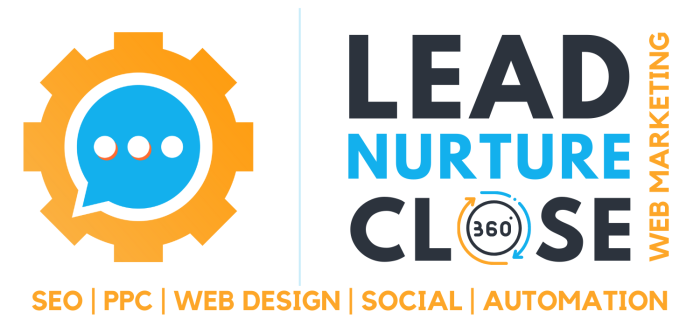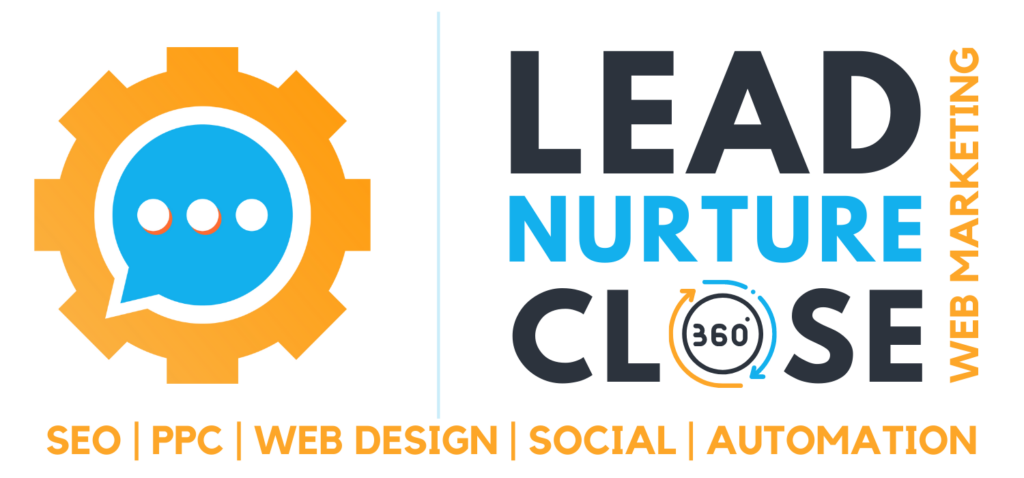Digital marketing has become an essential component of any organization. It is tied to who a company is, what it promotes, and how it grows. And because of the unlimited access customers now have through the internet to the backstage operations of a business, any success-oriented company should advertise its brand and image in a transparent and efficient way. But in order to do that, and to provide your business with solid and consistent growth, you need a digital marketing strategy.
What is a digital marketing strategy?
A digital marketing strategy is a plan of action that explains how to reach your target audience using one or more online marketing platforms. It includes a step-by-step guide as well as particular digital marketing goals. It establishes objectives, ranks audiences, detects consumer demands and habits, and determines channel and platform requirements. More simply said, it lays out how you plan to make your business relevant to the public.
The purpose of a digital marketing strategy is to build a foundation for continued marketing growth. In order to see that through, you need to devise the perfect strategy that is most suited for your brand.
So here are 5 strategic steps you need to follow to develop an efficient digital marketing strategy:
1. Define clear business goals
The reason why the first thing you need to do is to set clear goals for your business is that measurable and attainable objectives help you understand exactly how far away or close to success you are. It’s important to be as specific as possible and to set clear benchmarks and timeframes. This can provide you with a deadline and actions you need to take to ensure you will reach your milestones. A good example of a goal you can set is stating that you want to double organic traffic by the end of the year, and that will give you a specific frame and will allow you to think clearly about what actions you can take to achieve that.
2. Identify your target audience
A target audience is defined by specific data points, such as gender, age, education, location, occupation, and so on. The best thing to do when trying to identify your target audience is to make an in-depth analysis of the market. Determine if the market you are operating in is a developing or a well-established one. Find out who your key competitors are and how they operate in the digital market.
A good rule of thumb is to think of a buyer persona, a customer avatar, instead of a larger group of targeted people. So, picture a specific customer, and establish what age group they belong in, what their background is, how much they earn, and what their pain points could be, and work from there.
Sometimes, marketing for a specific type of person can help you understand the interests and needs of a customer, and that can resonate with a wider variety of people.
From there, you can define different segments in your target audience and build a persona for each of them in order to understand how your product or service can fit each specific demographic.
3. Find your digital channels
Finding out what social channels your target audience uses is a smart next step in the development of your digital strategy. The channels you use should be dependent on your target audience, goals, and budget.
Certain tactics, such as pay-per-click advertisements, can help you drive more targeted traffic if that is your objective. Influencer marketing, on the other hand, might be a great method in your digital marketing plan if your target audience is younger. Focus on how you can provide value to your audience’s lives by going directly to the source.
After all, the benefit of social media is that it lets people blog or write or post about their interests and thoughts. And you can use that information to understand your audience better.
4. Develop a digital calendar
Once you have defined your goals, your target audience, and your channels and you have decided which tactics are best for you, you need to start thinking about how you will implement your strategy. A calendar can help turn strategy into execution by making sure you hit deadlines and meet your objectives.
You can try to plan your digital material months ahead of time and divide your calendar into months of the year. This will give you an overarching structure, as well as enough time to plan and execute each delivery.
5. Measure the results
As a final stage in developing your digital marketing plan, you should track your key performance indicators (KPIs), in which you compare the results of your marketing activities to your original plans and goals. This can help you understand what your target audience responds to best and how to manage your marketing budget more efficiently. If the findings are not what you expected, you can always alter and optimize them before measuring again.
Make sure to track each channel so that you can see what’s performing best for your business and what has to be cut out.
There are several advantages to having a digital marketing strategy. To begin with, its success is easy to monitor, as is locating the appropriate audience for a certain brand or product. It employs cost-effective marketing techniques, and because digital platforms have grown in popularity, it may reach a diverse spectrum of people and generate revenue in a variety of ways. An effective digital marketing plan may serve as the cornerstone of your organization, so take your time establishing your own approach that accurately represents your brand.

















